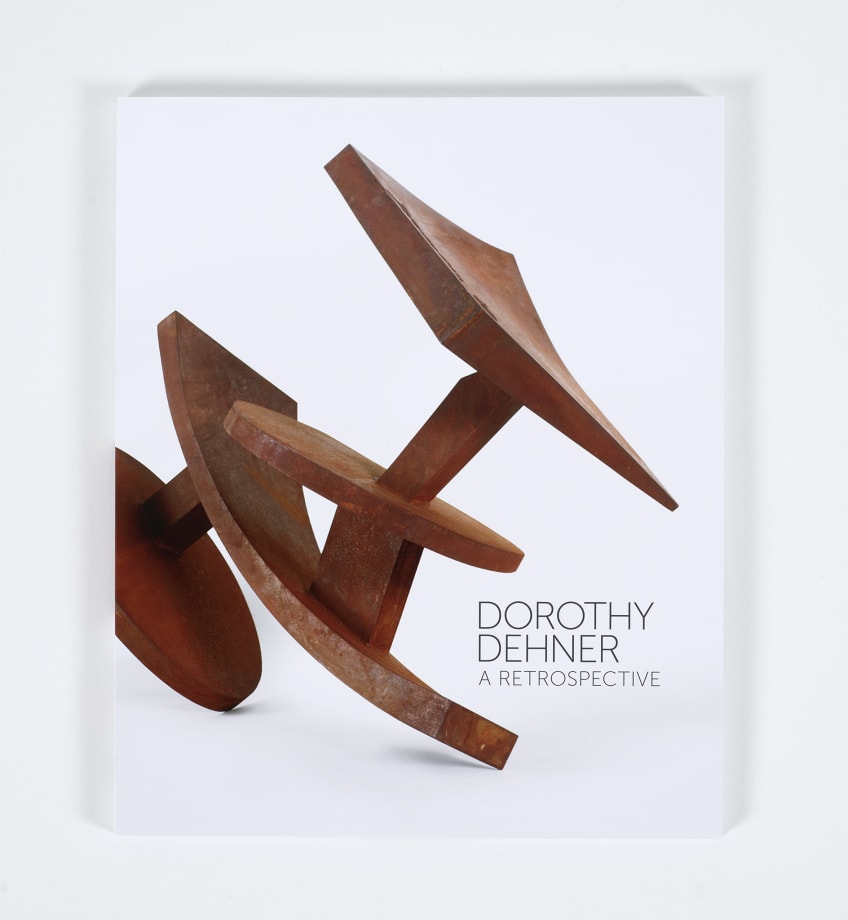Excerpt from Dorothy Dehner
By Sophie Lachowsky
The multi-dimensional visual idiom of Dorothy Dehner (1901-1994) was rooted in the vibrant arena of international post-war modernism and its expe- rience in New York, before it grew into a global phenomenon. Her pivotal contributions as a draftswoman, printmaker, and sculptor require us to re-evaluate the canon of Abstract Expressionism.
Born in 1901 in Cleveland, Ohio, Dehner came from a politically liberal background, which fostered her creative and individual achieve- ments. Her father was a pharmacist, her mother was an activist with the American suffragettes. Beset by the tragic loss of her parents and siblings during her teens, Dehner was left financially independent to pursue her interests in the arts. She wrote poetry, studied ballet, photography, and the piano. In 1925 she travelled to France, Italy, and Switzerland, where she encountered the works of the Old Masters and the Russian Constructivists. In Paris she saw l’Exposition Internationale des Arts Décoratifs, which was promoting the new currents of Cubism, Fauvism, and Art Deco. Whilst in Florence, she attended a performance by the German trailblazing expressionist choreographer, Mary Wigman (1886-1973).
On her return to the U.S., she enrolled at the Art Students League in New York. She found the leading teachers of sculpture in direct carving, William Zorach (1889-1966), and Robert Laurent (1890-1970), too conventional. She studied under Kimon Nicolaïdes (1891-1938), who instilled in his students the values of drawing with feelings. She discovered another mentor in the Czech American artist Jan Matulka (1890-1972), through whom she reconnected with the Cubist and Constructivist methods she had admired in Europe. He tutored Dehner in mixing oil paint with ground coffee, pebbles, sand, and cement to achieve textural effects. Matulka’s teaching is perceptible in her oil on linen Still Life (1936, Plate 1) with its perspective and illusion of depth, informed by the Surrealists and Cezanne’s staging of objects in incongruous juxtaposition....

